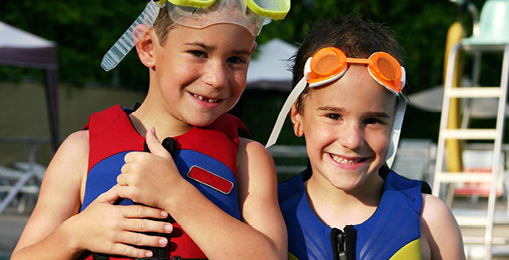Life Jackets: Finding the Right Type and Fit, and How to Maintain Them


When engaging in a water-related activity, wear your life jacket — 76% of all fatal boating accident victims drowned. Of these, 85% were not wearing a life jacket, according to the U.S. Coast Guard’s recent 2016 Recreational Boating Safety Statistics.
Summer is here and it’s the season for swimming, boating, paddle boarding and other water-related activities. When you participate in a water-related activity, make sure that you have a U.S. Coast Guard-approved life jacket for all participants. All U.S. states also have regulations regarding life jacket use by children. When selecting a life jacket, below are a few factors to consider:
Types of Life Jackets:
There are many types of life jackets to choose from depending upon the intended wearer’s age and what type of water-related activity they are planning to participate in. Styles include: auto inflatable, manual inflatable, belt pack inflatable, vest type, children’s hybrid inflatable, children’s life jacket, floatation aid, vest-type flotation aid, hunting mesh camo, waterfowl hunting float coat, inflatable fishing vest, touring whitewater paddling jacket, and offshore vest. These life jacket styles have varying levels of required maintenance, wearer’s recommended swimming skills, and type of activity that they are best suited for. For more specific information on choosing the right life jacket type, view the U.S. Coast Guard’s “How to Choose the Right Life Jacket” online guide.
Proper Life Jacket Fit:
A life jacket fits properly when it is snug and will keep your head above water. If it’s too large, it will ride up around your face; however, if it’s too small, it will not be able to keep you afloat in the water. When shopping for a new life jacket, consider the following:
- Read the label for the U.S. Coast Guard approval.
- Check that it is the appropriate size and type for the intended wearer. A life jacket should fit snugly.
- Adult life jackets do not work for children. To work correctly, a life jacket must fit snugly and not allow the child’s chin or ears to slip through.
- All zipper, buckles or straps should be secure.
- When trying on a life jacket, hold your arms above your head and have a friend grasp the top of the arm opening and gently pull up to test the fit.
- Make sure that there is no room above the openings and that the jacket doesn’t ride up over your chin or face.
Proper Care for Life Jackets:
Test your life jacket for wear and buoyancy regularly. If your lifejacket is ripped, waterlogged, faded, leaky, or has mildew, it should be discarded. In order to properly care for your life jacket, follow these steps:
- Make sure that you use the life jacket properly.
- Dry it after each use.
- Hand wash the life jacket in mild detergent.
- Store it in a dry place when you are not using it.
| Most importantly, when engaging in a water-related activity, wear your life jacket! 76% of all fatal boating accident victims drowned. Of these, 85% were not wearing a life jacket at all, according to the U.S. Coast Guard’s recent 2016 Recreational Boating Safety Statistics. |
References: Safe Boating Council and the U.S. Coast Guard
This information has been prepared and is intended for educational purposes only and is not legal advice and/or an authoritative guide. The information and content provided here is not intended to be relied upon for making personal, safety, insurance, medical, legal or other decisions.